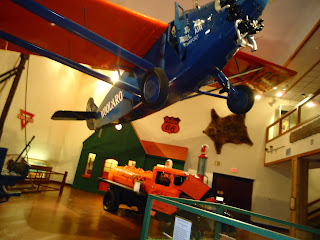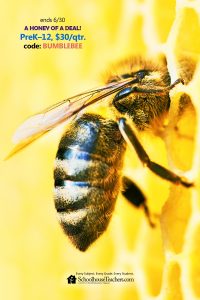One of our sons has dyspraxia –he has : dyslexia, dysgraphia, dyscalculia, and oral-motor
weakness. Every day is a challenge for him to complete even the
simplest tasks...
When we were given the opportunity to review The New American Cursive Penmanship Program, I was
excited to give it a go – we had been told that it might be easier to teach him
cursive than print…now was our chance to find out!
 A
little background
A
little background
Most of us know what
dyslexia is, but dysgraphia
means difficulty with handwriting. There are several different kinds of
dysgraphia. Some people with dysgraphia have handwriting that is often illegible
and shows irregular and inconsistent letter formations. Writing requires
inordinate amounts of energy, stamina and time.
According
to research, students with dyslexia have difficulty learning to read because
their brains associate sounds and letter combinations inefficiently.
Cursive writing can help them with the decoding process because it
integrates hand-eye coordination, fine motor skills, and other brain and memory
functions.
Research
also indicates that cursive writing has advantages for children with dysgraphia
because it eliminates
the necessity of picking up a pencil and deciding where to replace it after
each letter. Cursive
writing can help them with the decoding process because it integrates hand-eye
coordination, fine motor skills, and other brain and memory functions.
Cursive also has very few reversible letters
The
program
We
received Book 1, for beginners, and it has a teaching guide at the front that
was followed by 68 instruction and exercise lessons. There are illustrations
and exercises for letter connections, and practice sheets for extra
practice. Every few lessons, there is a “Fun Exercises & Artwork”
lesson that allows the child to take a break from daily work and have some fun
reviewing previous material. I like that the books are in black and white
with a few drawings, but are not cluttered and detracting from the lessons.
 The
company also has a mascot, Mr. Meerkat, who teaches the way to draw each
letter. He’s cute, and brings a light-hearted element of fun to an
otherwise boring subject. In fact, my son was so enthralled by Mr.
Meerkat that we had to go to the zoo and learn about meerkats!
The
company also has a mascot, Mr. Meerkat, who teaches the way to draw each
letter. He’s cute, and brings a light-hearted element of fun to an
otherwise boring subject. In fact, my son was so enthralled by Mr.
Meerkat that we had to go to the zoo and learn about meerkats!
The
lessons are broken down into three steps : the say the letter, feel the
letter, and then write the letter. “Feeling the letter” means writing
them in the air or on the table with your finger. Our therapist
recommended that he write them in shaving cream, but that went over like a lead
balloon…no ickiness for him! They learn both the upper and lower case
letters together, and after three or four letters, they have a page where they
practice linking them all together. We practiced our cursive daily, and
continue to do so.
Our thoughts
My son was very excited
to try out this program – he wanted to write cursive like big brother. However with limited teacher instruction on the
formation of letter he has yet to find much success. We are
continuing to plug away at this program because he is making tiny baby steps of
improvement, and as any parents of a special needs child knows, tiny steps are
HUGE steps!
It has been frustrating, but I cannot think that any other
program would be much better. It is just the nature of the beast.
If you have a child with dysgraphia, this is a program that helps with
improvement, both in skills and confidence. He may be frustrated, but I
can see his confidence slowly growing as he makes those loops…..they don’t
resemble letters at the moment, but I promise to come back one day with a
sample of his writing and proudly show it off!
Positive Points
- Simplified
font is designed for beginners
- Only
takes 15-20 minutes each day to practice cursive
- Slant
is good for left-handers (not just right-handers) and very simplified
- Black
and white pages aren’t cluttered with graphics – easy to focus
- Fun
Exercises & Artwork pages provide a break from the daily drudgery (every
couple of days) and much-needed extra practice
Negative Points
- Very
little instruction for teachers (there is a teaching guide, but it is sparse) –
needs more background on formation of letters
- Letters
taught in alphabetical order – grouping them by stroke style might be a bit
easier for learners
 A
little background
A
little background The
company also has a mascot, Mr. Meerkat, who teaches the way to draw each
letter. He’s cute, and brings a light-hearted element of fun to an
otherwise boring subject. In fact, my son was so enthralled by Mr.
Meerkat that we had to go to the zoo and learn about meerkats!
The
company also has a mascot, Mr. Meerkat, who teaches the way to draw each
letter. He’s cute, and brings a light-hearted element of fun to an
otherwise boring subject. In fact, my son was so enthralled by Mr.
Meerkat that we had to go to the zoo and learn about meerkats!













































